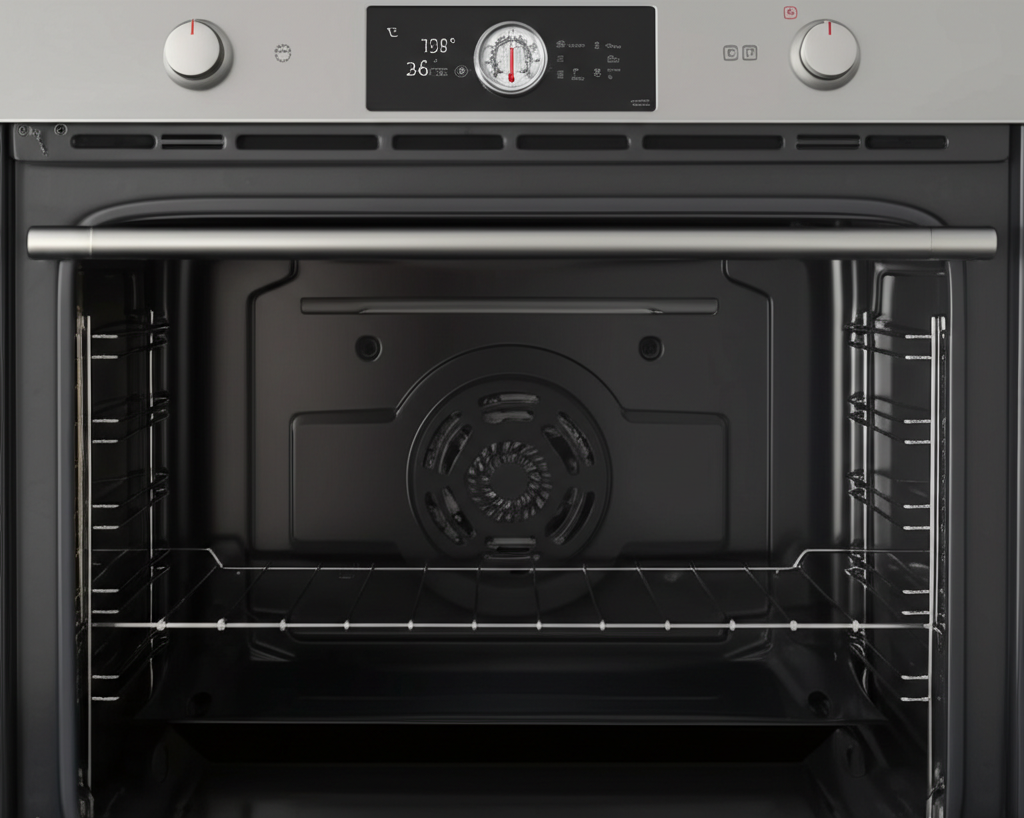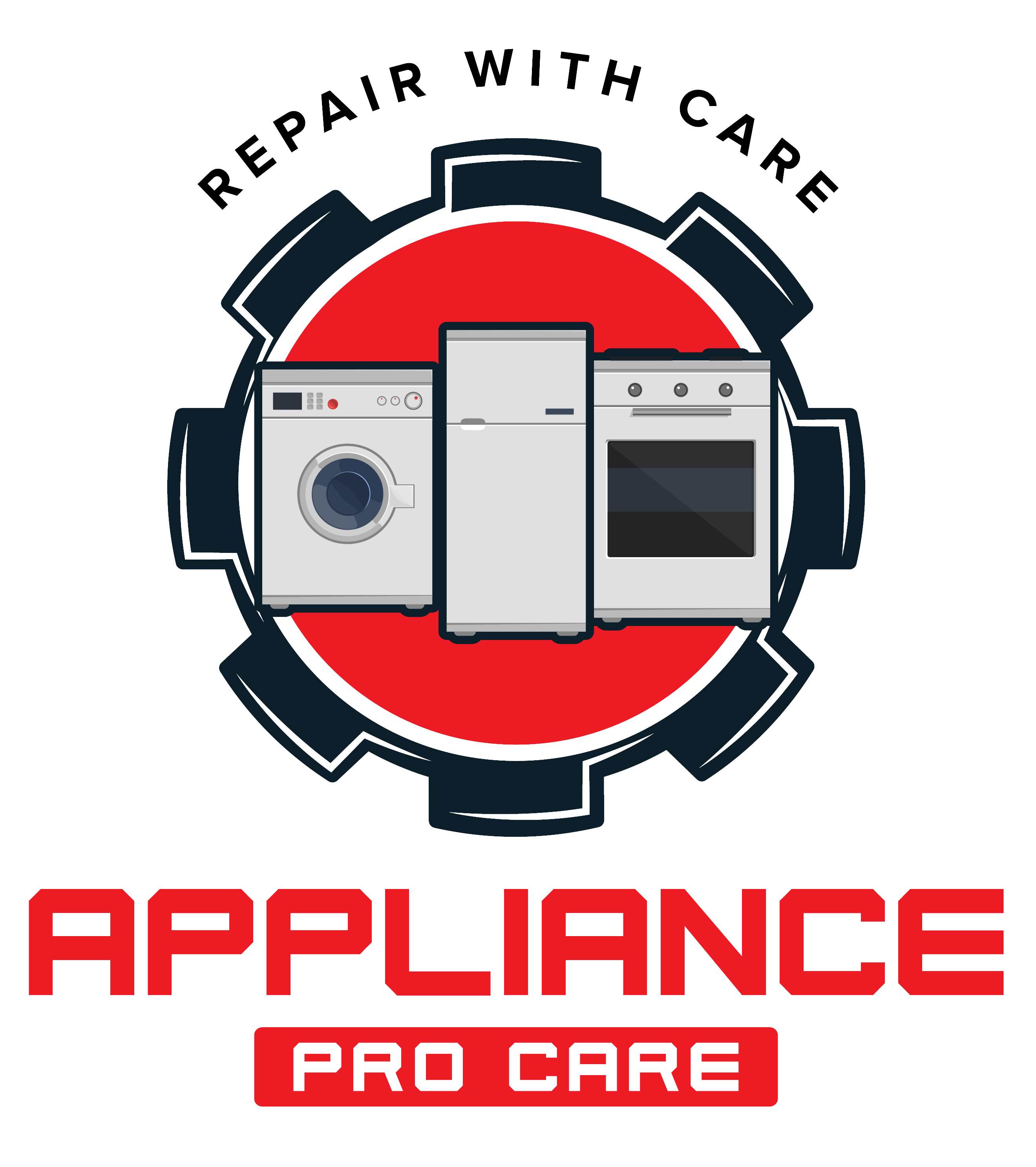
Is Your Oven Temperature Inaccurate? Here's How to Test and Fix It
An oven that doesn't heat to the correct temperature can ruin recipes, waste food, and cause frustration in the kitchen. At Appliance Pro Care, we've helped countless homeowners throughout Greater Boston and the South Shore resolve oven temperature problems. In this guide, we'll show you how to determine if your oven is heating accurately and what to do if it's not.
How to Test Your Oven's Temperature Accuracy
Before assuming your oven has a problem, it's important to verify that the temperature is actually inaccurate. Here's how to test it:
Method 1: The Oven Thermometer Test
What you'll need: An oven-safe thermometer (available at most kitchen supply stores for $5-$10)
Steps:
- Place the oven thermometer in the center of the middle rack
- Preheat the oven to 350°F (177°C)
- Once preheated, check the thermometer without opening the door (if it has a visible dial)
- If you need to open the door, do it quickly to minimize heat loss
- Record the temperature
- Check again after 20 minutes and record the temperature
- Repeat at different temperature settings (e.g., 400°F, 450°F)
Most ovens cycle above and below the set temperature, typically within a range of about 25°F. If your oven consistently reads more than 25°F above or below the set temperature, it likely needs calibration or repair.
Method 2: The Sugar Test
If you don't have an oven thermometer, you can use sugar to get a rough idea of your oven's accuracy.
What you'll need: Granulated white sugar, a baking sheet
Steps:
- Spread a thin layer of sugar on a baking sheet
- Place it in the oven
- Set the temperature to 375°F (190°C)
- Sugar melts at approximately 367°F (186°C)
- Check after 15 minutes
If the sugar has melted, your oven is reaching at least 367°F. If it hasn't melted, your oven is running cool.
Common Causes of Inaccurate Oven Temperatures
1. Faulty Temperature Sensor
Most modern ovens use a temperature sensor (a thin rod at the back of the oven) to regulate temperature. If it's touching the oven wall or has been damaged, it can cause temperature inaccuracies.
DIY Check: Inspect the sensor to ensure it's not touching the oven wall and is securely connected. The sensor should stand straight and not be bent.
2. Calibration Issues
Over time, ovens can drift out of calibration, causing temperature inaccuracies.
DIY Solution: Many ovens allow for temperature calibration. Check your owner's manual for instructions specific to your model. Typically, you can adjust the calibration by 35°F in either direction.
3. Faulty Heating Elements
Electric ovens have two heating elements—one for baking (bottom) and one for broiling (top). If either is damaged, it can affect temperature consistency.
DIY Check: Preheat your oven and observe both elements. They should glow red when hot. If either element has visible damage or doesn't heat evenly, it may need replacement.
4. Gas Igniter Problems
In gas ovens, a weak igniter can cause temperature issues. The igniter both lights the gas and opens the gas valve. If it's weak, it may not open the valve fully, resulting in lower temperatures.
Professional Solution: Testing and replacing a gas igniter requires professional service due to safety concerns.
5. Thermostat Issues
The thermostat regulates the oven's temperature. If it's faulty, your oven won't heat correctly.
Professional Solution: Diagnosing and replacing a thermostat typically requires professional service.
6. Door Seal Problems
A damaged or worn door seal can allow heat to escape, making it difficult for the oven to maintain the correct temperature.
DIY Check: Inspect the door seal for damage, food debris, or wear. Clean it if dirty, or consider replacement if damaged.
Tips for Working with an Inaccurate Oven
While waiting for repairs, you can:
- Use an oven thermometer and adjust your set temperature accordingly
- Add or subtract cooking time based on your oven's tendencies
- Rotate food halfway through cooking for more even results
- Use an external thermometer to check food doneness
Remember, accurate oven temperature is crucial for successful cooking and baking. If you're experiencing persistent issues, professional service is your best option for reliable, long-term results.
When to Call Appliance Pro Care
While some issues can be resolved with DIY solutions, many appliance problems require professional attention.
Our expert technicians are equipped to handle complex repairs that might be unsafe or difficult to address on your own.
Need help? Book your appliance repair today.
Our expert technicians are ready to diagnose and fix your appliance issues quickly and efficiently.
Request Service Now